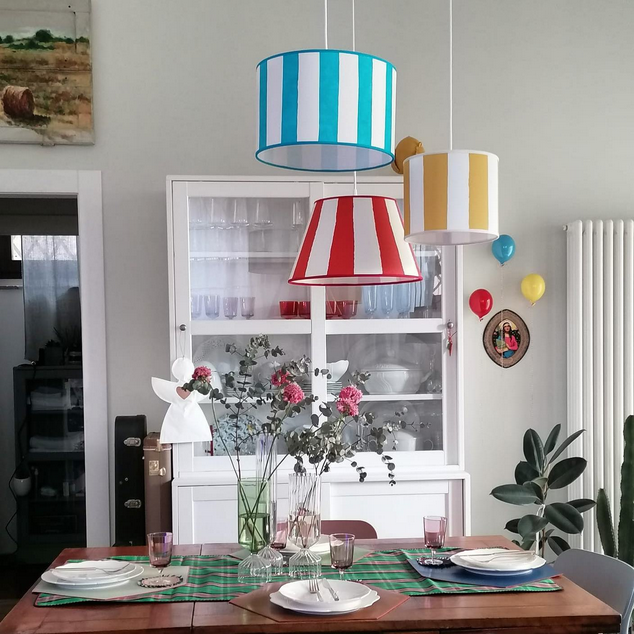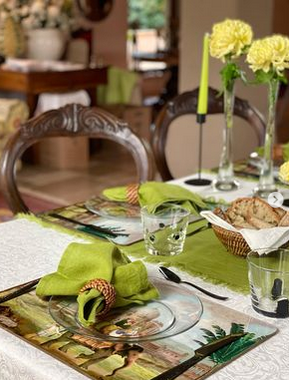C’è, nella nuova collezione Natale in Città di La Corallina Firenze, qualcosa che va oltre l’oggetto, oltre la sua...
C’è, nella nuova collezione Natale in Città di La Corallina Firenze, qualcosa che va oltre l’oggetto, oltre la sua destinazione funzionale, quasi che il sottopiatto, questo cerchio perfetto, specchio d’un gesto antico, si facesse metafora della luce stessa, del suo abitare la materia e trasformarla in racconto. Sei piatti, sei frammenti di un paesaggio urbano e insieme interiore, nei quali l’inverno non è soltanto stagione ma stato dell’anima: un tempo sospeso, dorato ai bordi, attraversato...










